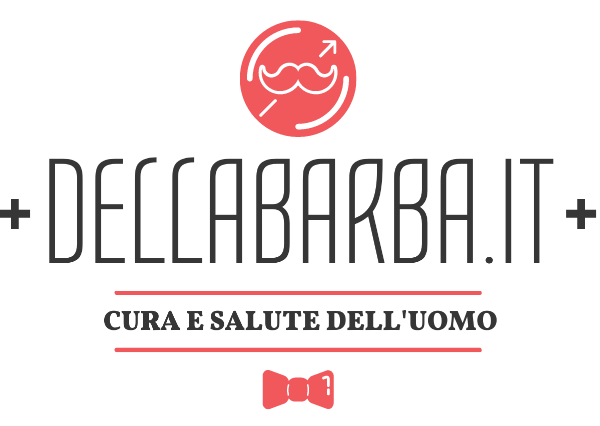What Is Physical Capital?
Physical capital is one of what economists call the three main factors of production. It consists of tangible, human-made goods that assist in the process of creating a product or service. The machinery, buildings, office or warehouse supplies, vehicles, and computers that a company owns are all considered part of its physical capital.
Key Takeaways
- In economic theory, physical capital is one of the three factors of production.
- Physical capital consists of tangible, human-made objects that a company buys or invests in and uses to produce goods.
- Physical capital items, such as manufacturing equipment, also fall into the category of fixed capital, meaning they are reusable, and not consumed during the production process.
Explaining Physical Capital
In neoclassical economic theory, factors of production are the inputs required to engage in the production of goods or services in pursuit of profit. Economists generally agree that there are three main factors of production.
1. Land, Natural Resources, and Real Estate
These factors include the land or property on which factories, shipping facilities, and stores are built. Natural resources that come out of the ground, such as the corn needed to make tortilla chips or the iron ore used to make steel, also fall into this category.
2. Human Capital
This factor includes labor and other resources that humans can provide—education, experience, or unique skills—that contribute to the production process.
3. Physical Capital
Sometimes called simply “capital,” this factor includes human-made items or products that make the manufacturing process possible or enable it to run smoothly. Some types of physical capital are directly involved in the production, such as the welding equipment that fuses parts of a car on the factory floor. Others are indirectly involved, such as the computers and printers in the executive headquarters.
Physical Capital and Startups
New or startup companies invest in physical capital early in their lifecycle, often before they have produced a single good or secured their first client. For example, a company that manufactures microwave ovens must make several investments before it can sell a single device: The firm must build a factory, purchase the machinery it needs to manufacture and assemble the ovens, and finally, it must create some sample devices before any stores carry their product.
The accumulation of physical capital with established firms and the associated investment required can pose a significant barrier to entry for new companies, particularly those in manufacturing-intensive industries.
The diversification of physical capital is a measure of the level of diversification in a particular industry. Consequently, from the perspective of physical capital, starting a new law firm is much easier than opening a new manufacturing plant. Theoretically, an attorney would need only an office—perhaps just a desk, even—a phone, and a computer. The relatively small amount of physical capital is the reason, an economist might argue, law firms outnumber steel manufacturers by a significant margin.
Example of Physical Capital
Experts agree that physical capital is an important consideration in a company’s valuation. Oddly, however, it can also be one of the most difficult assets to evaluate. First, there can be disagreement over what exactly constitutes physical capital—economists often disagree on the exact parameters of the three factors of production.
For example, take the Coca-Cola Company’s corporate headquarters in Atlanta. Some might deem their campus of office buildings as physical capital since they are human-made structures. Others might consider the corporate plaza as falling into the land/real estate category.
Secondly, physical capital is often relatively something because it is usually designed to fulfill a particular purpose. The machine that puts caps on the iconic Coca-Cola soda pop bottles not going to be of much use to anyone outside of another beverage company—and maybe not even then, given that the machine is probably designed to fit the size and shape of the unique Coke glassware.
Most objects of physical capital are also fixed capitalmeaning they are not consumed or destroyed during the actual production of a good or service but are reusable. As such, an item of fixed capital has long-term value, but that value can change over time. Usually, it declines.
Again, manufacturing equipment is a prime example—as the machine ages, it becomes worth much less; that’s why fixed-capital investments are typically depreciated on the company’s accounting statements over a long period (often decades).
On the other hand, the value of physical capital can increase in value if the asset itself is upgraded or there are changes to the firm that affect its value.
